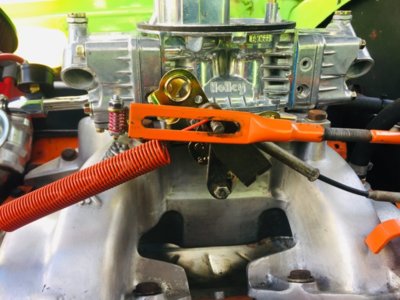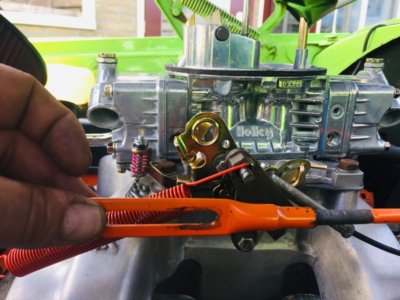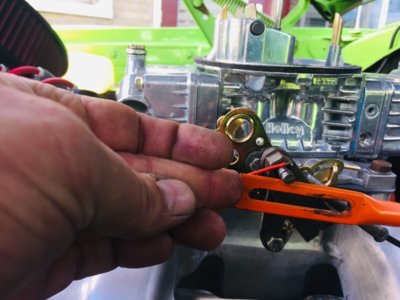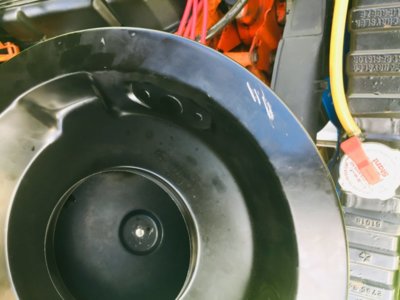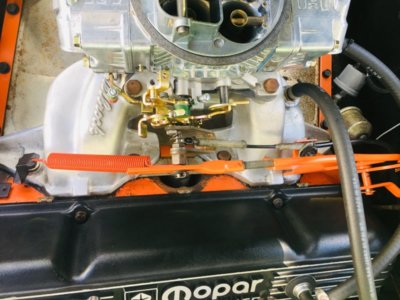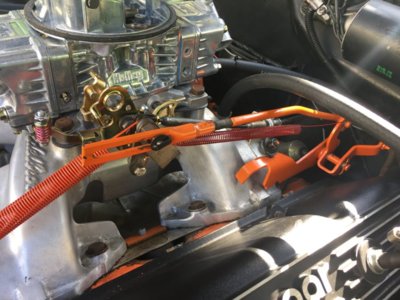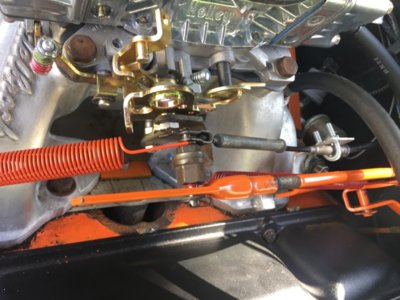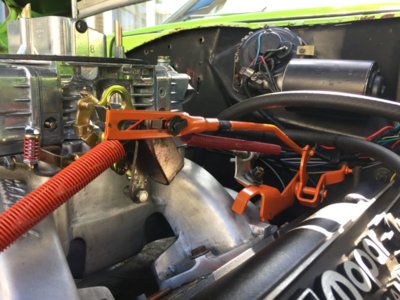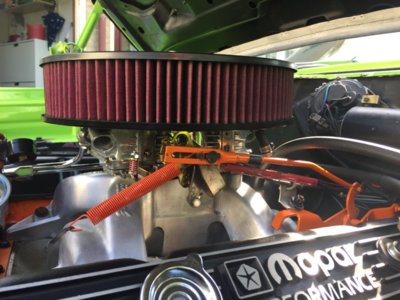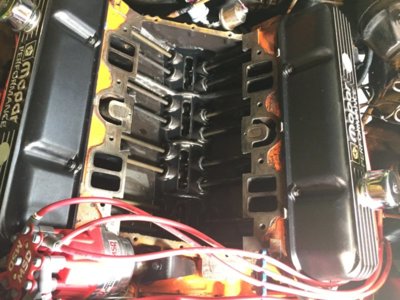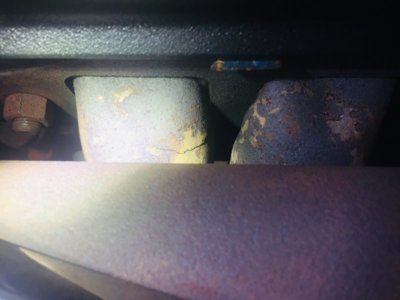Wietse
Well-Known Member
Current total timing is 38deg, 20 initial and 18 mech advance, i have disconnected the vacuum canister again.
i've swapped 1 blue spring for the lighter grey spring, now i am using chart E as in the above mentioned picture.
Now the mechanical advance is all-in around 1900-2000 rpm.
But still, i keep seeing 11.0 AFR at best..
So, guess i will have to order some smaller main jets, like size 66 and 68.
Should i try and see what it does? The cruising AFR should drop right?
If it does i understand there is a chance i am leaning out on acceleration and WOT, but this is should sort with increasing pvcr.
Think i will just attempt to drill them in this case, if it does turn sideways i will have to buy myself a QF metering block with replaceable bleeds.
i've swapped 1 blue spring for the lighter grey spring, now i am using chart E as in the above mentioned picture.
Now the mechanical advance is all-in around 1900-2000 rpm.
But still, i keep seeing 11.0 AFR at best..

So, guess i will have to order some smaller main jets, like size 66 and 68.
Should i try and see what it does? The cruising AFR should drop right?
If it does i understand there is a chance i am leaning out on acceleration and WOT, but this is should sort with increasing pvcr.
Think i will just attempt to drill them in this case, if it does turn sideways i will have to buy myself a QF metering block with replaceable bleeds.


